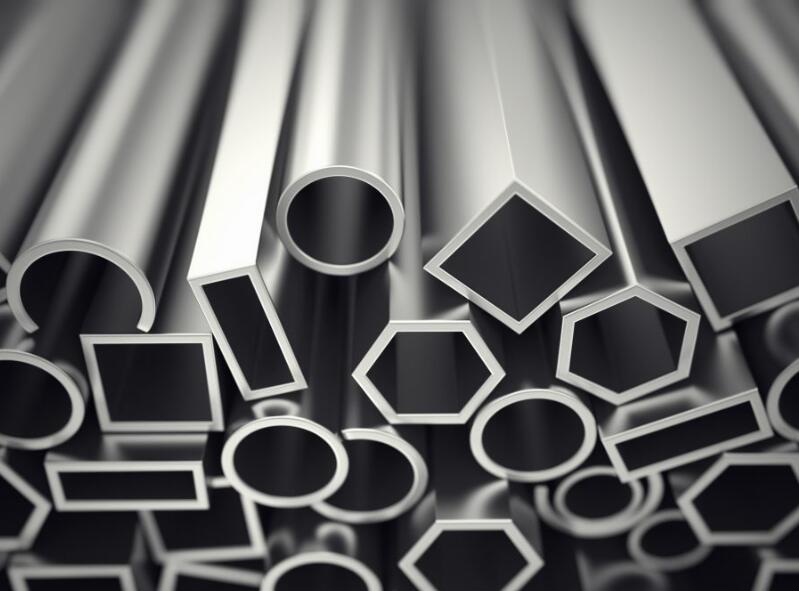Aluminum alloys stand as the cornerstone of modern aerospace engineering, driving innovation with their lightweight, robust properties. From structural components to specialized applications, these alloys have revolutionized the aerospace industry. Let’s delve into their diverse roles and applications across various sectors.
Introduction
In today’s fast-evolving aerospace landscape, aluminum alloys reign supreme as indispensable materials. Known for their unparalleled strength-to-weight ratio and ease of processing, these alloys have reshaped aircraft design and manufacturing processes worldwide.
Structural Materials in Aerospace
Aluminum alloys serve as the backbone of aerospace structural design, offering exceptional strength while minimizing weight. Components such as aircraft fuselages, skins, and doors rely extensively on these alloys for their durability and performance. Notably, the wings of the Airbus A380 exemplify the extensive use of aluminum alloys in large-scale structural applications.
High-Strength Aluminum Alloys
The quest for stronger, more resilient materials has led to the development of high-strength aluminum alloys. Grades like 7075, renowned for their robust mechanical properties and corrosion resistance, dominate aircraft structural parts, displacing conventional titanium alloys in many instances due to their cost-effectiveness and comparable performance.
Special-Purpose Materials
Innovations in aerospace demand specialized solutions, such as radiation shielding for spacecraft. Advanced aluminum alloys, such as those developed in Austria with enhanced radiation resistance, illustrate the industry’s capability to tailor materials to meet stringent operational requirements.
Additive Manufacturing in Aerospace
The advent of additive manufacturing has ushered in a new era for aluminum alloys in aerospace. By leveraging this technology, engineers can fabricate intricate components like engine devices and remote control parts with unprecedented precision and efficiency.
Aluminum Alloys in Civil Aircraft
Civil aviation benefits immensely from aluminum-lithium alloys, which offer a perfect balance of strength and weight savings. For instance, China’s C919 aircraft utilizes these alloys extensively in its front fuselage skin, highlighting their pivotal role in enhancing fuel efficiency and performance metrics.
Aluminum Alloys in Rockets and Satellites
Beyond aircraft, aluminum alloys play a pivotal role in space exploration. Their lightweight yet durable nature makes them ideal for constructing rockets and satellites, where every gram saved translates into increased payload capacity and operational efficiency.
Conclusion
Aluminum alloys continue to shape the future of aerospace with their unmatched versatility and performance. As technological advancements propel the industry forward, these alloys remain at the forefront of innovation, promising new possibilities in efficiency, sustainability, and exploration.
